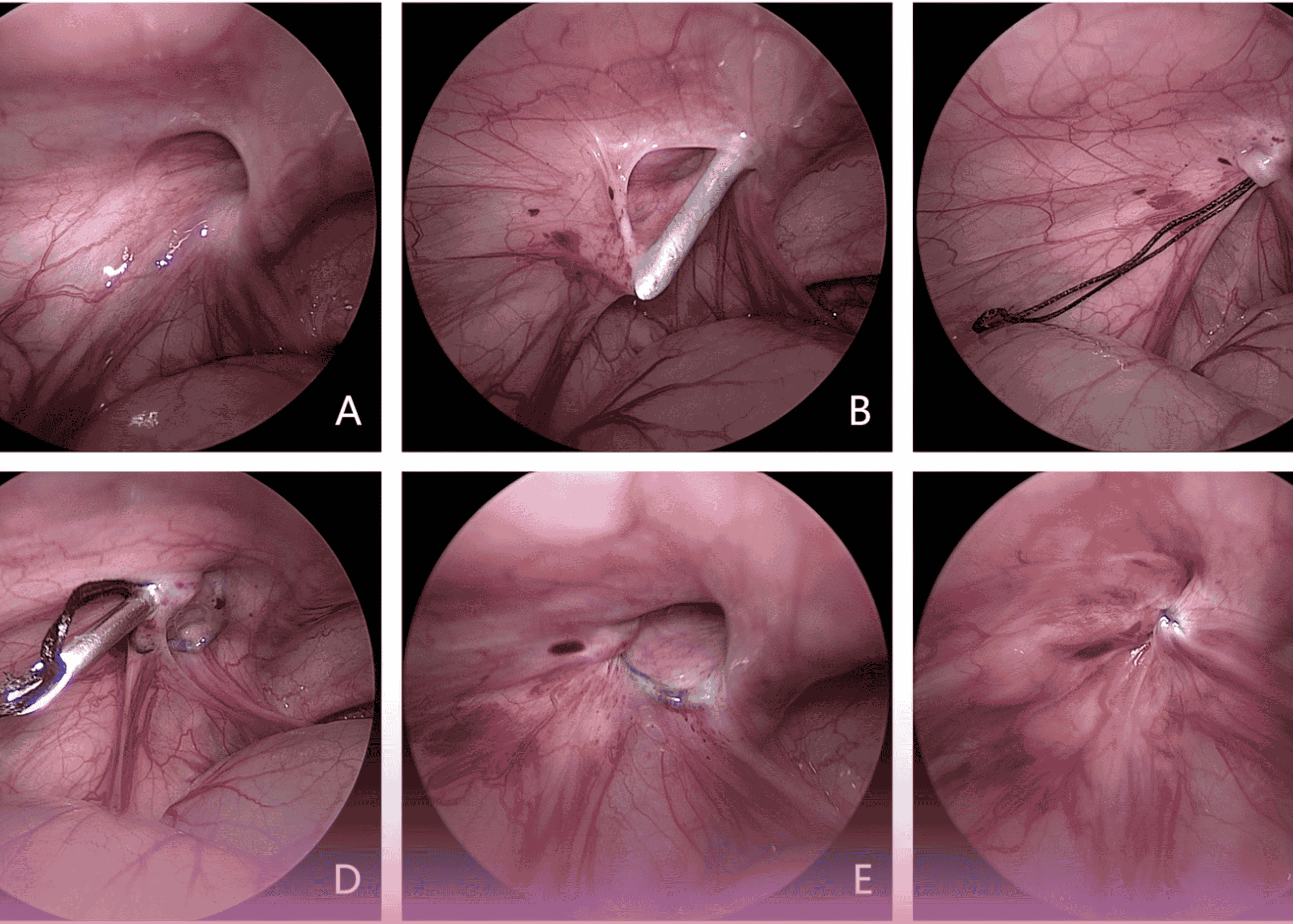In pediatric surgery, minimally invasive techniques are revolutionizing treatment options for even the youngest patients. A recent case at Burjeel Hospital Abu Dhabi highlights how laparoscopic approaches are providing excellent outcomes for neonatal patients with inguinal hernias.
The Case
A four-week-old baby girl presented with large bilateral inguinal swellings that had been increasing in size over the previous week. Upon physical examination, the diagnosis was confirmed as reducible large bilateral inguinal hernias, a condition requiring surgical intervention.
Advanced Surgical Approach
The surgical team, led by Prof. Dr. Amulya Saxena, Consultant Pediatric Surgeon at Burjeel Hospital Abu Dhabi, opted for a laparoscopic approach rather than traditional open surgery.
“Laparoscopic procedures offer significant advantages for neonatal patients, including smaller incisions, reduced pain, and faster recovery times,” explains Prof. Saxena. “However, they present unique challenges in such young patients.”
The surgery utilized specialized equipment tailored for neonatal patients:
- A 5mm 30-degree scope for optimal visualization
- 3mm instruments for precise manipulation in small spaces
- Non-resorbable sutures for secure closure of the internal inguinal rings
Technical Challenges Overcome
The primary challenge in this case was navigating the extremely limited abdominal working space typical in neonatal patients. This required exceptional precision with intracorporeal suturing techniques.
The laparoscopic views captured during the procedure show the meticulous process of:
- Identifying the open right internal ring
- Performing purse-string sutures around the inguinal rings
- Precise intracorporeal knot tying to ensure secure closure
Post-Operative Care
Following the successful procedure, the infant remained in the hospital for a single night for apnea monitoring—a standard precaution for neonatal patients. The follow-up appointment one week later confirmed an uneventful recovery with no complications.
Why This Matters
This case exemplifies the advantages of minimally invasive surgical techniques even for the most vulnerable patients. By utilizing laparoscopic approaches, surgeons can achieve excellent outcomes while minimizing trauma, reducing scarring, and promoting faster recovery—critical considerations for neonatal patients.
The successful implementation of these advanced techniques at Burjeel Hospital demonstrates the institution’s commitment to providing cutting-edge surgical care across all age groups, from newborns to adults.
The surgical team included Dr. Samer Shouman Alkahwaty, Consultant Anesthesiologist, whose expertise was essential in managing the anesthetic challenges specific to neonatal patients.


